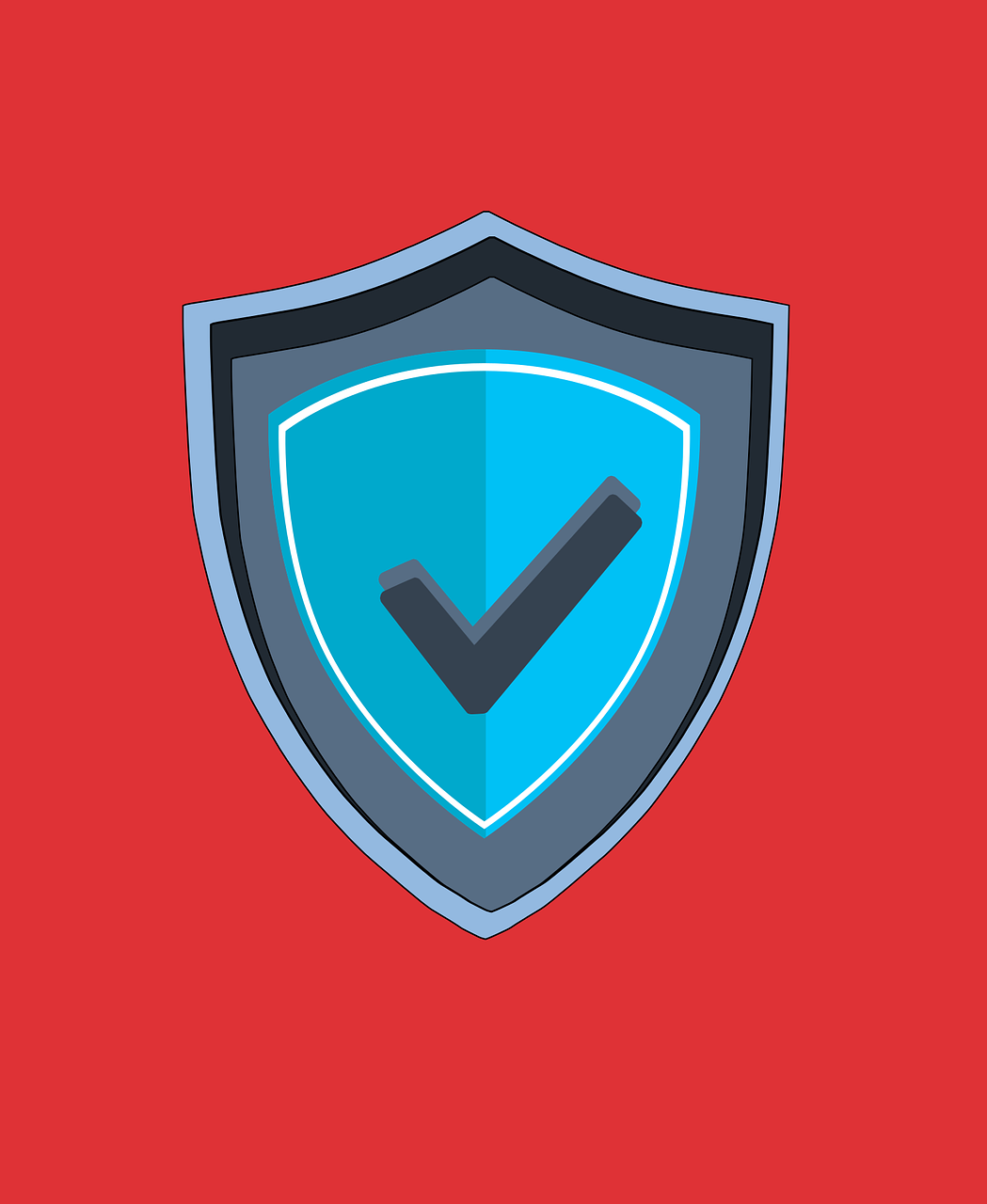9 NSA Best Practices for Securing Your Home Network
In today’s interconnected world, technology has become ubiquitous, making secure home networks more crucial than ever. Safeguarding your personal data from hackers is essential in the face of increasing threats such as phishing and smishing. Surprisingly, individuals often have fewer protective measures in place at home compared to their workplace, despite the fact that many people now work remotely, putting both personal and company data at risk. In fact, approximately 46% of businesses experienced at least one cybersecurity incident within two months of transitioning to remote work.
Fortunately, there are ample resources available to help secure your home network, and many of the steps involved are straightforward and effective in preventing data breaches. The National Security Agency (NSA) has provided some valuable best practices for securing your home network, and we will highlight a few of the most helpful tips below.
- Change Default Passwords and Usernames: The first step in securing your home network is to change the default login credentials for your router and connected devices. Hackers are often familiar with default passwords and usernames, which they can exploit to gain unauthorized access to your data. Changing these default credentials is an essential step in enhancing the security of your home network.
- Enable Encryption: Encryption is a process that encodes information in a way that only authorized individuals can decipher it. Enabling encryption on your home network is crucial for protecting your data and preventing interception by hackers. Most modern routers support encryption protocols such as WPA2 or WPA3, with WPA3 being the latest standard used in Wi-Fi 6 routers. Make sure to utilize the latest encryption standard available.
- Update Firmware: Firmware refers to the software that runs on your router and other connected devices. Manufacturers regularly release firmware updates to address security vulnerabilities and introduce new features. Keeping your router’s firmware up to date is essential for securing your home network. You can usually check for firmware updates through the router’s web interface or by visiting the manufacturer’s website. It’s important to remember this step since many people tend to neglect updating their router firmware after the initial setup. Consider setting a monthly reminder to check for updates through your router app.
- Enable Firewall: A firewall is a network security system that monitors and controls network traffic, both incoming and outgoing. Enabling a firewall on your router can effectively protect your network by defending against malicious traffic and unauthorized access. Most modern routers have a built-in firewall that can be enabled through the router’s web interface.
- Disable Unused Services: Manufacturers often enable various services by default on routers, including file sharing, remote management, and media streaming. Disabling any unused services can significantly reduce the risk of hackers exploiting them to gain access to your home network. Only enable services that are necessary and essential for your network’s operation.
- Secure Wi-Fi Network: Your Wi-Fi network plays a vital role in your home network’s security. Securing it involves several steps, such as changing the default network name (SSID), disabling SSID broadcast, enabling MAC address filtering, and disabling Wi-Fi Protected Setup (WPS). Implementing these measures can prevent unauthorized access to your Wi-Fi network. If you require assistance with these steps, please don’t hesitate to reach out to us. We can save you time and frustration by ensuring your network is properly secured.
- Use Strong Passwords: Passwords are a critical component of any security system. Weak or easily guessable passwords can make your network vulnerable to attacks. It is essential to use strong passwords for your router and other connected devices. A strong password should be at least 12 characters long and include a combination of upper and lowercase letters, numbers, and symbols.
- Create a Guest Network: If you have guests who need to access your Wi-Fi network, such as your children’s friends, it is advisable to create a separate guest network. A guest network is a distinct Wi-Fi network that allows guests to access the internet without compromising your primary network’s security. This can effectively protect your primary network from potential security threats.
- Limit Physical Access: Physical access to your router and connected devices can pose a security risk. To mitigate this, ensure that you place your router in a secure location, such as a locked cabinet or a room with limited access. Additionally, disable physical access to the router’s web interface, especially if you have guests or children who may tamper with the settings.
By following these best practices, you can secure your home network and better protect your personal data from various threats. If you prefer to save time and let professionals handle the task, feel free to contact us today to schedule a home cybersecurity visit.








